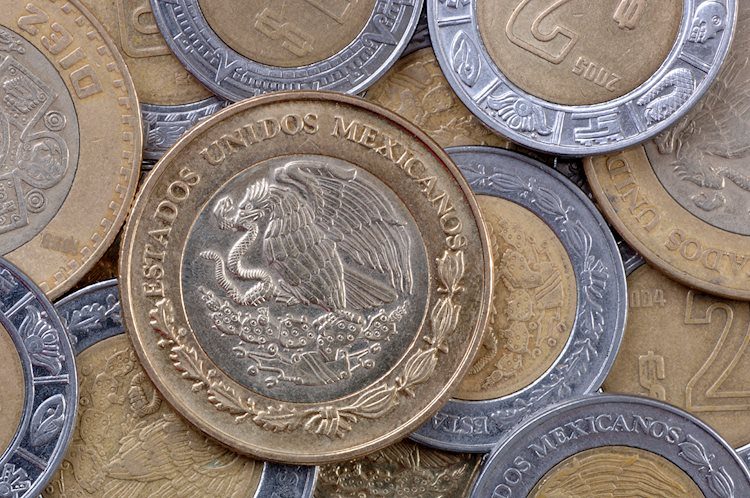The Mexican Peso has recently rallied against the US Dollar, dropping below the 18.00 psychological figure on Monday, hitting its lowest level since June 25. This shows that Peso buyers are still engaged in the “carry trade” that supports the Mexican currency. The pair currently stands at 17.99, down 0.45%. Mexico’s economic outlook will be shaped by upcoming releases like June’s Consumer Price Index (CPI) report, along with Consumer Confidence and Industrial Production data, which are expected to slow down the economy according to analysts.
The Bank of Mexico (Banxico) is expected to release the latest monetary policy meeting minutes on Thursday, signaling a patient approach towards rate cuts amid steady inflation expectations. In the US, consumer inflation expectations have lowered, and market players are anticipating Federal Reserve Chair Jerome Powell’s speech at the US Congress, as well as the release of June’s inflation figures. There is speculation that the Fed might ease policy in September, with odds for a cut standing at 73%.
Economists predict that Mexico’s Gross Domestic Product (GDP) will end the year at 2%, with expectations for Banxico to cut rates. Some analysts believe the economy might slow down but avoid a recession, crediting President AMLO’s reforms, such as the judiciary reform, for potentially impacting the country’s creditworthiness. Mexico’s CPI is expected to rise in June, while the US CPI is foreseen to drop. The US Dollar Index stays firm, tracking six currencies against the American Dollar.
Technical analysis shows that the USD/MXN has reached a nine-day low of 17.97 with the Greenback remaining soft against the Peso. If the USD/MXN closes below 18.00, the next support levels would be at the June 24 swing low of 17.87 and the 50-day Simple Moving Average. A bullish resumption would require a rally above 18.10, followed by the June 28 high of 18.59. On the other hand, sellers would need a drop below 18.00 to extend the pair’s decline.
The Mexican Peso is widely traded among Latin American currencies, influenced by factors like the country’s economic performance, central bank policy, foreign investment, remittances, and geopolitical trends. Banxico’s goal is to maintain low and stable inflation levels, driving interest rates. Macroeconomic data releases are crucial in assessing the economy’s strength and its impact on the Mexican Peso valuation. As an emerging-market currency, MXN tends to perform well during risk-on periods and weaken during market turbulence or economic uncertainty.









